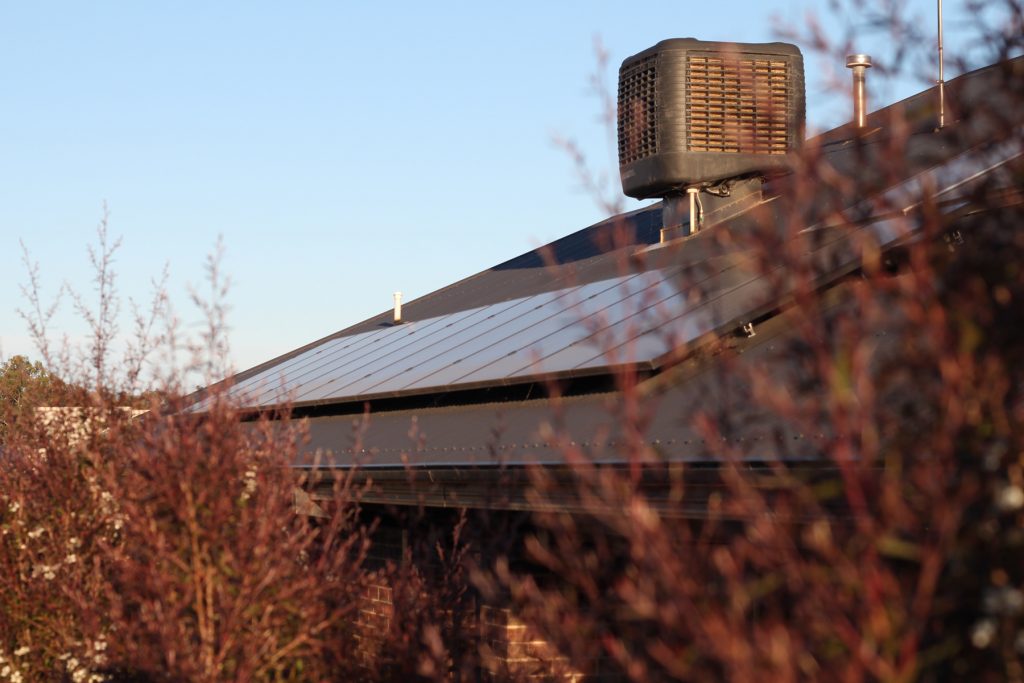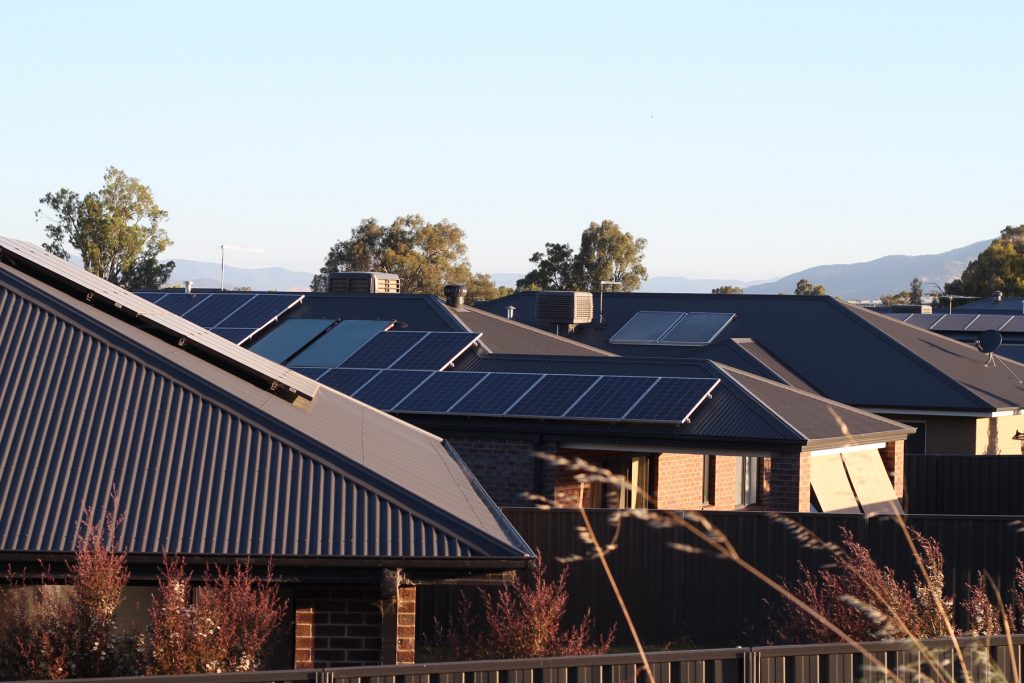
Today was our best day for solar generation yet. Our 6.5kW of solar panels managed to collect a massive 46.26kWh during sunlight hours, which on December 2nd, 2020 ran from 7:30AM until 8PM.
After having the system installed back in February by Kdec, at the tail end of summer, we’re now in a position to experience a full summer’s worth of solar generation and if today’s result is anything to go by, it should be a good one.
Much of the day we were spilling power, as the panels were collecting more power than our inverter (5kW) is capable of. This oversizing of the system is commonplace and often energy retailers have limitations to the amount of energy you can feed back to the grid and ultimately be paid for with your Feed-In Tariff (FiT).
Despite working from home most of the day, our household consumption was just 6.83kWh which meant we drew just 2.97kWh from the grid. This included parts of the day where the air conditioning ran, TV was on, computer and monitor in the office and lighting.
We currently pay $0.3071992 per kWh with Energy Australia, so drawing drawing just 2.97kWh means we’ll pay a massive $0.89 cents. Unfortunately we do cop a service charge of $1.140799 per day, so we’ll see a total of $2.031799 in costs for the day.


Now for the fun bit.
The remaining power of 39.42kWh, was fed back to the grid to be used by other homes. We’re currently on a FiT of $0.12 per kWh which works out to be $4.7304.
So without changing our lifestyle at all, using power how we naturally would, today we made a net profit of $2.698601. As I said, I can’t wait to see what a whole summer looks like, chances are we may make enough during summer, to cover our already reduced Winter bills, meaning we could break even for electricity.
Before solar, we paid around $1,600 per year for electricity. If we can realise a net zero position in 2020/2021, our return on investment for the A$5,000 outlay, could be as little as 3 years. The great thing is, our panels have a 25-year warranty which includes a baseline performance figure, which means financially, we’ll be way in front of the lifetime of the panels.
This makes solar one of the best financial decisions we’ll ever make and a massive thanks to the Victorian Solar Homes Program that really helped accelerate when we could afford the initial investment to reduce our cost of living.




With that background, I’d love to add home battery storage to the system, however, the Solar Battery Rebate excludes those who participated in the Solar Panels rebate – fair enough, we benefited already and other’s should be able to. It’s not clear though how many homes are adding battery storage without solar, or with old, less efficient solar systems.
There are still 1,005 battery rebates remaining in this release, which makes me think there’s an unmet demand there. Right now a Tesla Powerwall 2 battery costs around A$12k installed, which is out of reach for most. That price becomes a lot more reasonable after the $4,174 rebate but would be far more viable at around $5k (maybe with Powerwall 3).
While the payback on a battery is hard to justify right now, we have had a number of blackout recently, so there may be other motivations, rather than purely economic to add battery storage.
In many ways, today’s conditions were perfect for solar generation, almost no clouds in the sky, and a top of 23 degrees. The temperature can play a big role in the efficiency of energy collected and as we enter days of 40+ degrees, our generation capacity is likely to be negatively impacted.
Our solar system includes:
- 20 x SunPower 325W P-series All Black Mono Crystalline modules (SPR-P19-325) with 25-year product warranty and 25-year linear performance guarantee
- 1 x SolarEdge HD Wave 5kW solar inverter (SE5000H)
- 20 x SolarEdge P370 DC Optimisers with: 12-year product warranty on inverter + 25-year product warranty on DC optimisers
- Optional “Black Pack” – All associated mounting hardware and isolator shrouds to be supplied in a black finish for added aesthetic appeal


Fun facts
The system has generated 6.44 MWh over its lifetime so far. In the 10 months of operation, this has saved 2,524.17 kg of CO2 Emissions or the equivalent of planting 75.34 trees.
Let me know your Solar situation in the comments below. Have you invested in a system already? Considering one soon?
